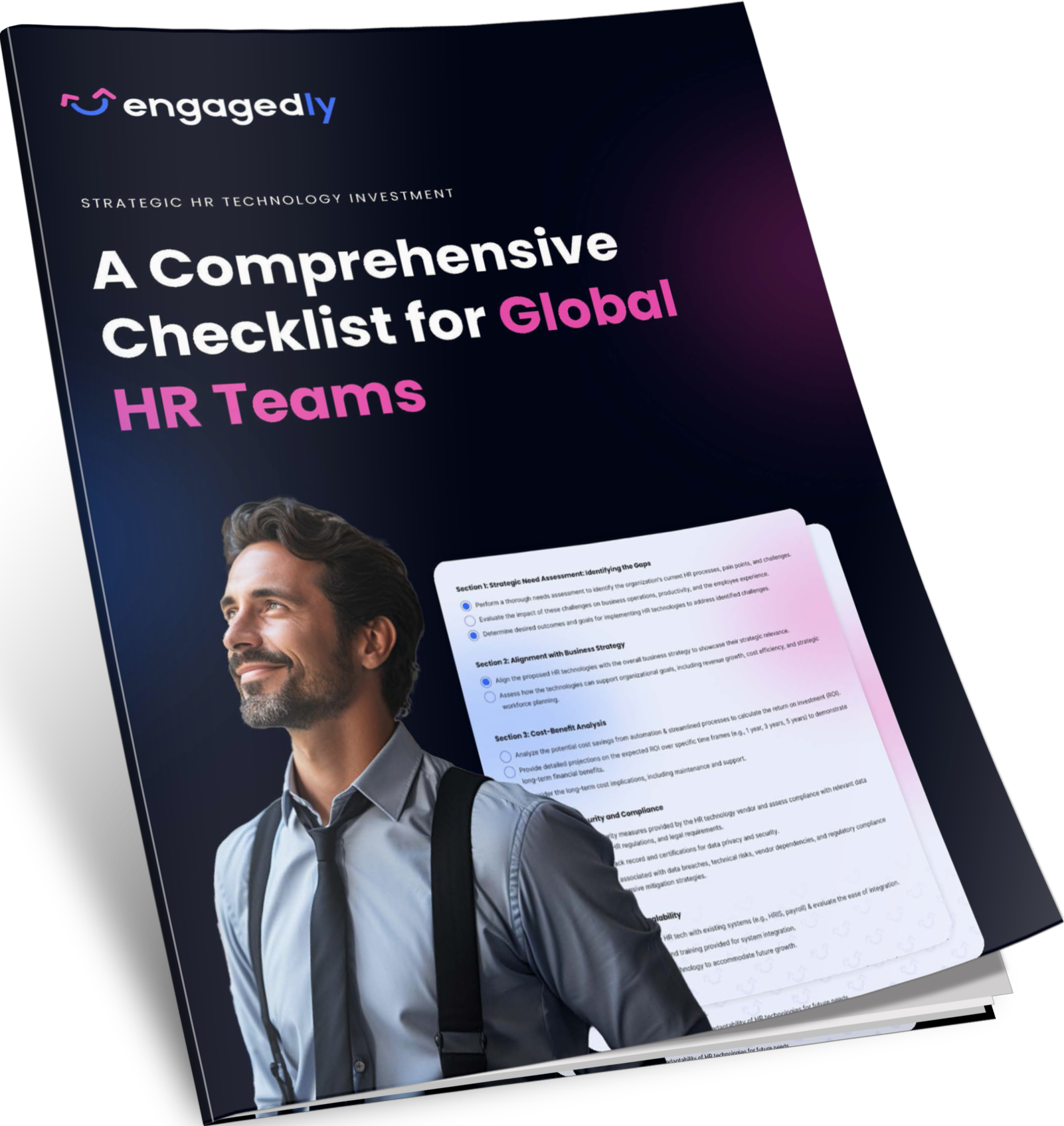Many companies have recently adopted a hybrid model. This allows employees to work from the office and as well as from their homes. But, in the past year, most of the employees have worked remotely, and they will need to adjust back to working in an office. During the global lockdown, many employees got used to working from home and having more flexibility. Managers and employers need to take measures to minimize employee stress as they return to the workplace. Follow these tips to increase employee engagement across your entire company.
WHAT IS EMPLOYEE ENGAGEMENT?
Employee engagement is the motivation and emotional dedication an employee has to its employer and company goals. Employees need to understand the company as a whole, the purpose of the goals and where they fit into the big picture. Burnout happens when employees lose the motivation they need to keep working. Combating employee burnout is a constant struggle managers must fight, but it is necessary now more than ever. Forbes shared that 61% of employees report being burned out on the job, while 31% also report high levels of stress in the workplace. With employees entering the workplace once again, here are some tips to increase employee engagement and avoid burnout.
TRAIN YOUR LEADERS
A good organization provides training to employees at every level of the organization to make sure they are always improving. You can’t prevent employee burnout if your managers don’t know how to identify it. Train your c-suite employees how to recognize early signs and symptoms of burnout before it’s too late and you lose the employee. Communicate with your leaders the benefits of regular check-ins with every team member and how to make sure the team is functioning well. Educate and train your managers on tactics to best minimize stress and anxiety in the workplace. Provide workshops on skills like time management for every new employee during the onboarding process. Train all employees to actively create a work environment that fosters collaboration and open feedback.
Teach your managers strategies to keep employees efficient. A key element of employee engagement is employees must have a support system. Make sure each team member has all the tools and technology they need to perform at the highest level. Managers need to really think about what tools are necessary and helpful to each different job. Consider if you are overloading your employees with too many tools and too much technology. Trying to make their job easier with too many different softwares can actually add stress. Stress and anxiety can ultimately lead to employee disengagement.
IMPLEMENT GAMIFICATION
One of the most successful employee engagement trends of the past decade has been gamification. Applying game elements to the workplace, such as a point system, competition, and prizes will make work fun. This will increase employee engagement and motivation towards company goals. In a 2018 survey, 81% of the respondents say gamification provided a sense of purpose and belonging in the workplace. These objective measurements can help managers see exactly how employees are performing compared to their peers. Gamification drives desired behaviors to all levels of the organization and keeps employees in line with the larger company goals. Competition in gamification gives employees intrinsic motivation to directly combat employee burnout.
Gamification provides managers with employee performance data and goal benchmarks. Managers can quickly recognize and fix productivity issues on an individual team member level. But if a manager decides to implement gamification, they must do it right. If employees feel the gamification has been made unfairly or are not using accurate measurements for their position, this will decrease employee engagement. Too much competition in the workplace can create an unhealthy atmosphere to work. Make sure your gamification is well planned and fair to avoid unnecessary cut throat competition.
Engagedly’s real time performance management software has multiple gamification features integrated into their application. Managers can praise team members, and team members can publicly praise each other. Intuitive point system for certain gamified activities. For certain behaviours, system and custom badges can be awarded. Engagedly helps in promoting a culture of reward and recognition throughout the organization.
COMMUNICATION IS KEY
Many employees experiencing burnout claim a major cause is that they are not being heard by their managers. Increasing employee engagement is a constant struggle, and if there isn’t a constant flow of communication, then the team cannot function effectively. Managers should have regularly scheduled check-ins with their team, at a group and individual level. Remind employees of benefits they might not know about when working for your company. The most important step managers can take to increase employee engagement is to always communicate gratitude. Say thank you constantly! It is harder for employees to experience burnout when they feel valued and appreciated for their contributions. Thanking employees for their work and sharing how they directly contributed to the overall success of a company is critical.
Large companies with many employees should plan and implement campaigns for employees. Consistently send out tips and tools your employees can use to combat stress. Make sure employees are aware of any perks or support which company offers them. Try to encourage feedback at all levels of company communication to see what is and isn’t helpful. If employees feel unheard and forgotten, employee engagement will suffer.
CREATE INTENTIONAL DOWNTIME
It is unrealistic for employers to expect employees to work at full capacity 100% of the time. This is an example of when more is less. To achieve our highest level of productivity, our brain needs breaks. Giving employees a short break throughout the day to relax and do whatever they want will make them feel calmer and more focused. While it may sound childish, consider setting a short free reading time each day. Harvard Business Review shares that only six minutes of reading can reduce stress by 68%. Promoting your employees to read and educate themselves will create a smarter workforce. Giving employees a dedicated time for leisure will combat procrastination in the workplace. It is worth giving up a small amount of time to cooldown. This will ultimately increase employee engagement during the rest of the workday.
Want to know how Engagedly can help improve and measure employee engagement? Then request for a live demo!
Request A Demo
Kylee Stone
Kylee Stone supports the professional services team as a CX intern and psychology SME. She leverages her innate creativity with extensive background in psychology to support client experience and organizational functions. Kylee is completing her master’s degree in Industrial-Organizational psychology at the University of Missouri Science and Technology emphasizing in Applied workplace psychology and Statistical Methods.




